The Commercial HVAC Market is currently characterized by a dynamic competitive landscape, driven by factors such as technological advancements, increasing energy efficiency regulations, and a growing emphasis on sustainability. Major players like Carrier (US), Trane Technologies (IE), and Daikin (JP) are strategically positioned to leverage these trends. Carrier (US) focuses on innovation in energy-efficient systems, while Trane Technologies (IE) emphasizes digital transformation and smart building solutions. Daikin (JP) is expanding its global footprint through strategic partnerships and acquisitions, collectively shaping a competitive environment that is increasingly focused on advanced technologies and sustainable practices.
Key business tactics employed by these companies include localizing manufacturing to reduce costs and enhance supply chain efficiency. The market appears moderately fragmented, with a mix of established players and emerging companies vying for market share. The collective influence of these key players is significant, as they set industry standards and drive technological advancements that competitors must follow to remain relevant.
In November 2025, Carrier (US) announced the launch of its new line of eco-friendly HVAC systems designed to meet the latest energy efficiency standards. This strategic move not only reinforces Carrier's commitment to sustainability but also positions the company to capture a growing segment of environmentally conscious consumers. The introduction of these systems is likely to enhance Carrier's competitive edge in a market increasingly driven by regulatory compliance and consumer demand for greener solutions.
In October 2025, Trane Technologies (IE) unveiled its latest digital platform aimed at optimizing HVAC system performance through real-time data analytics. This initiative underscores Trane's focus on digital transformation, enabling customers to monitor and manage their HVAC systems more effectively. By integrating advanced analytics into its offerings, Trane is likely to enhance customer satisfaction and loyalty, thereby solidifying its market position.
In September 2025, Daikin (JP) completed the acquisition of a regional HVAC manufacturer in Europe, which is expected to bolster its market presence in that region. This acquisition aligns with Daikin's strategy to expand its global footprint and enhance its product offerings. By integrating local expertise and resources, Daikin may improve its competitive positioning and responsiveness to regional market demands.
As of December 2025, the Commercial HVAC Market is witnessing trends such as digitalization, sustainability, and AI integration, which are redefining competitive dynamics. Strategic alliances among key players are becoming increasingly common, facilitating the sharing of technology and resources. Looking ahead, competitive differentiation is likely to evolve from traditional price-based competition to a focus on innovation, advanced technology, and supply chain reliability, as companies strive to meet the demands of a rapidly changing market.
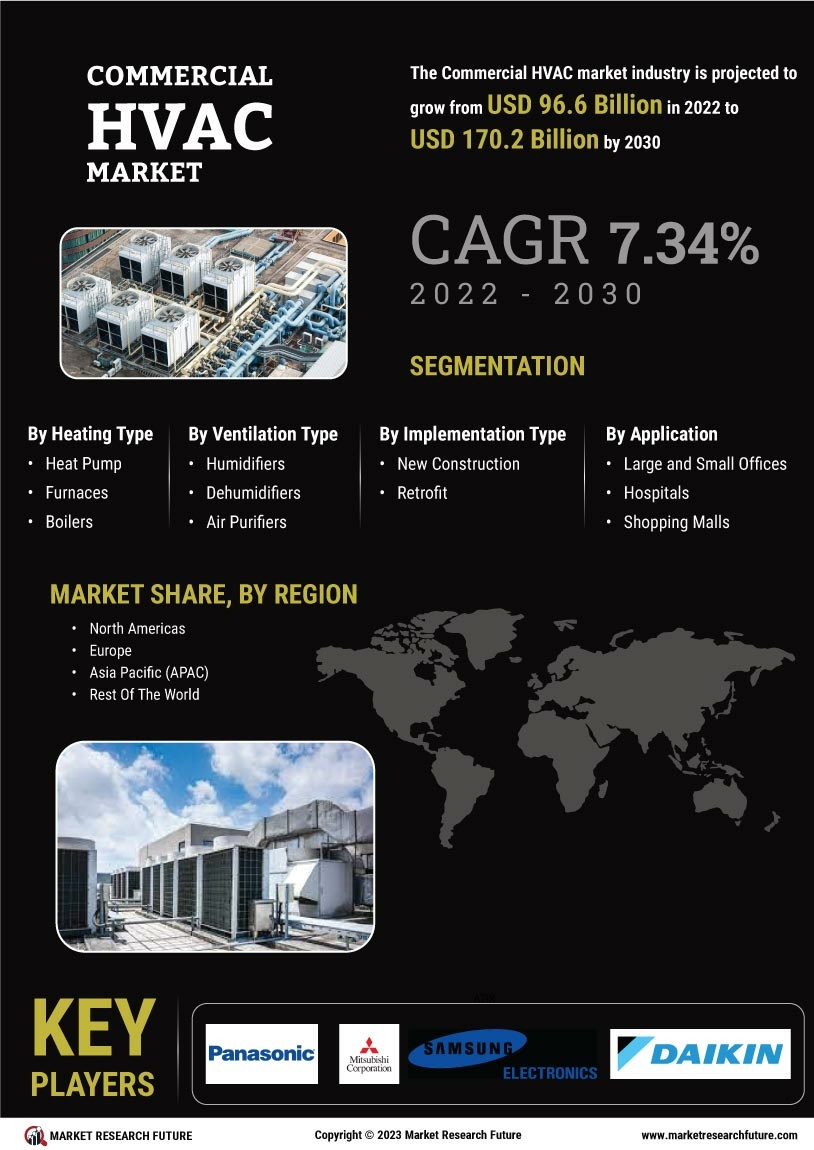

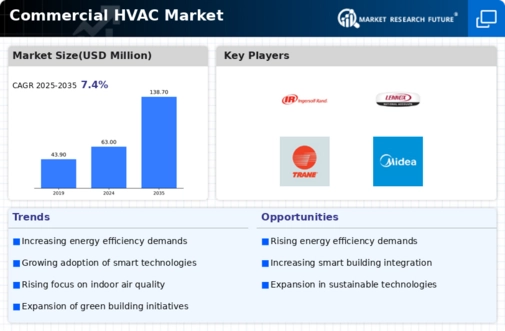
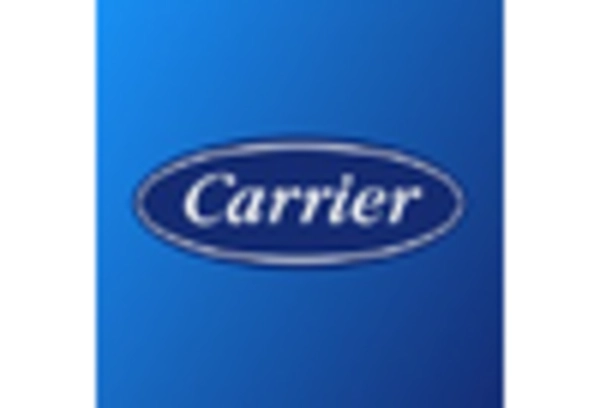
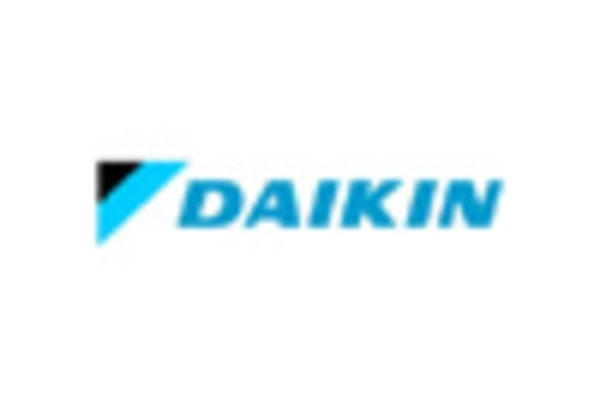

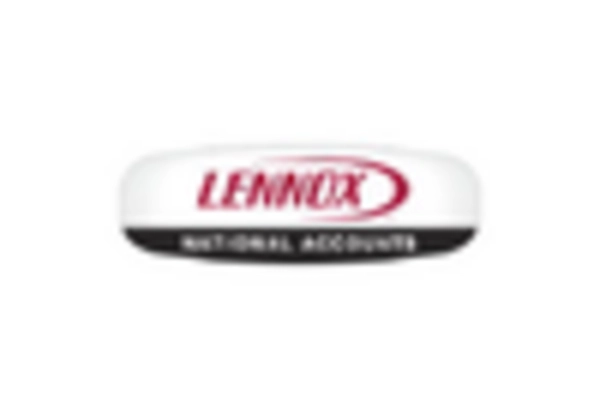
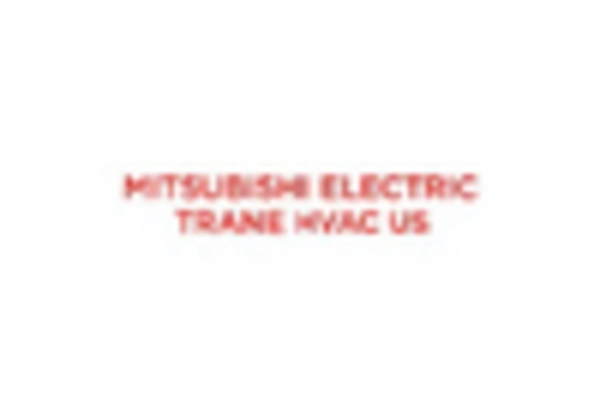









Leave a Comment